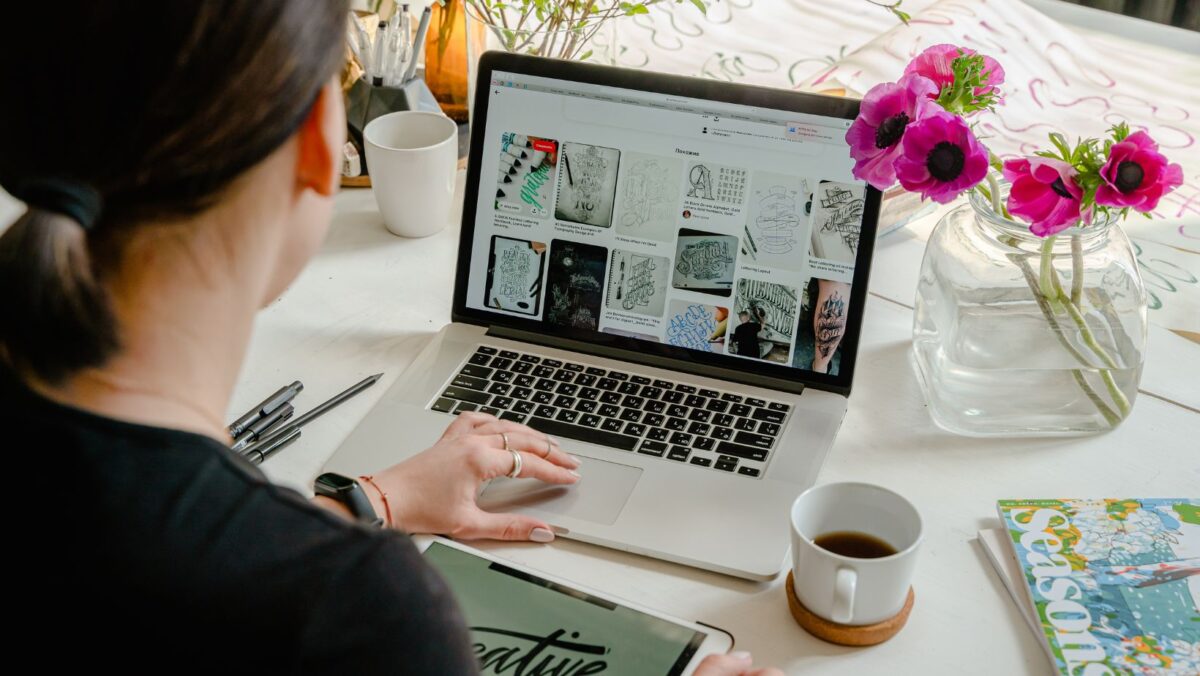Art and design are two distinct disciplines that often intersect but differ in their core principles and objectives. While both involve creativity and visual expression, the fundamental distinction lies in their purpose and approach. Art is primarily driven by self-expression, emotion, and exploration of ideas, while design focuses on problem-solving, functionality, and communication.
Art vs Design
In art, the artist’s intention is to provoke thought, evoke emotions, or challenge societal norms. It is a form of personal expression where aesthetics take precedence over practicality. Artists have the freedom to experiment with various mediums and techniques without being confined to specific constraints or objectives.
On the other hand, design is more focused on addressing specific needs or problems. Designers work with clear goals in mind, aiming to create functional solutions that meet user requirements. Whether it’s graphic design, industrial design, or web design, designers must consider factors such as usability, marketability, and efficiency.
While there may be overlap between art and design at times – for instance in fields like illustration or fashion – understanding this distinction can help us appreciate each discipline’s unique qualities. Art encourages individual interpretation and emotional connection through its subjective nature. Design strives for clarity and effectiveness in delivering messages or solving problems through its objective-based approach.
In conclusion, although art and design share common elements of creativity and visual expression, they diverge in terms of purpose. Art emphasizes self-expression while design serves a functional purpose by providing innovative solutions to real-world challenges. Both disciplines contribute significantly to our society by enriching our experiences in different ways.
The distinction between art and design is a topic that has long intrigued creative minds and sparked debates among enthusiasts. While both art and design involve creativity, they differ in their purpose, process, and intended outcome. Let’s delve into the nuances of art versus design to gain a deeper understanding of these two expressive forms.
Art is often seen as a subjective expression of an artist’s emotions, ideas, or concepts. It is driven by personal interpretation and often aims to evoke an emotional response or provoke thought. Artists have the freedom to explore various mediums, techniques, and styles without being bound by practical considerations or specific objectives. Art can be abstract, conceptual, representational, or any combination thereof.
In contrast, design is primarily focused on problem-solving and functionality within certain constraints. Designers work with specific goals in mind – whether it’s creating visually appealing graphics for advertising campaigns or designing user-friendly interfaces for digital platforms. They consider factors such as usability, target audience, market trends, and client requirements while employing principles of balance, hierarchy, typography, color theory, and more.
To illustrate this further:
A painting hanging in a gallery might be considered art because its purpose is to convey emotions or ideas without necessarily serving any practical function.

On the other hand, a website interface carefully crafted to enhance user experience through intuitive navigation and clear communication would be an example of design.
When designing a logo for a company brand identity – balancing aesthetics with representing the values and essence of the business – designers apply their skills in visual communication.
While there may be instances where art blurs into design (such as graphic novels that combine storytelling with visual elements), it’s essential to recognize the fundamental differences between them – one being driven by artistic expression while the other serves functional purposes.
Understanding the distinction between art and design allows us to appreciate each discipline’s unique qualities while recognizing how they contribute differently to our aesthetic experiences and daily lives.
So next time you visit an art exhibition or interact with a well-designed product, take a moment to ponder the artistic and functional elements at play.
Exploring the Purpose and Intent
When it comes to the debate of art vs design, one crucial aspect to consider is the purpose and intent behind each discipline. While both art and design involve creativity and visual elements, they serve different purposes and convey distinct messages.
Art: A Expression of Emotion and Ideas Artistic creations are often driven by personal expression, emotion, or conceptual ideas. Artists use various mediums such as painting, sculpture, or photography to communicate their thoughts, feelings, or perspectives. The primary goal of art is not necessarily to fulfill a specific function but rather to evoke an emotional response or provoke thought in the viewer.
Design: Problem-Solving with a Purpose Design, on the other hand, is primarily focused on problem-solving with a specific purpose in mind. Designers utilize their skills to create functional and aesthetically pleasing solutions for practical needs. Whether it’s designing products, graphics, interiors, or user interfaces, designers aim to meet certain objectives while considering factors like usability, efficiency, and market demands.

While art can be subjective and open-ended in terms of interpretation and meaning, design tends to be more objective and goal-oriented. Designers work within constraints such as budget limitations or client requirements while striving for effective communication through visual elements.
In conclusion, Understanding the purposeful nature of design versus the expressive nature of art helps shed light on their contrasting approaches. While both fields require creativity and skillful execution, they ultimately serve different functions – one emphasizing personal expression while the other focuses on problem-solving within given parameters.

